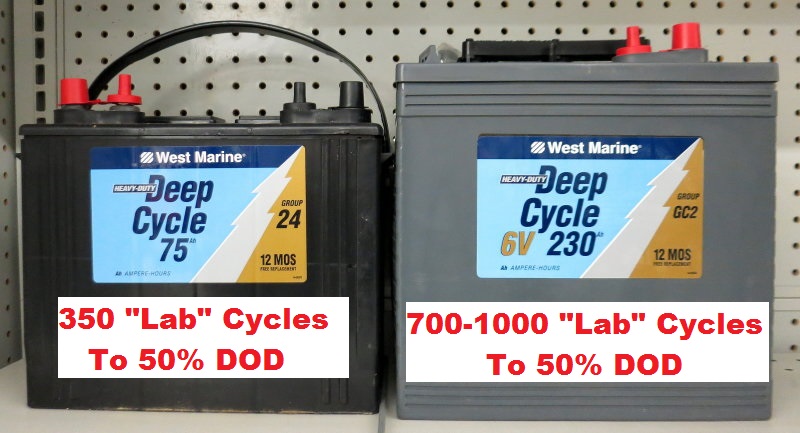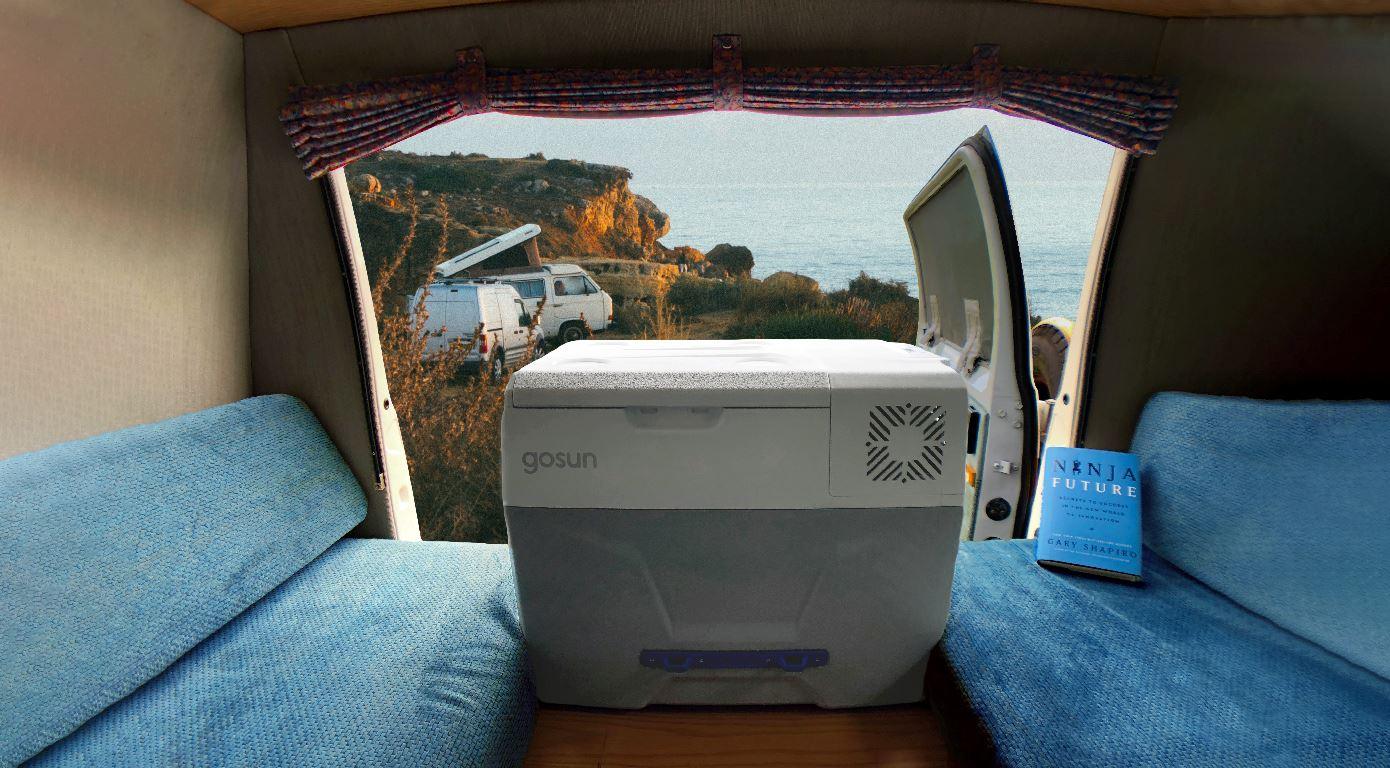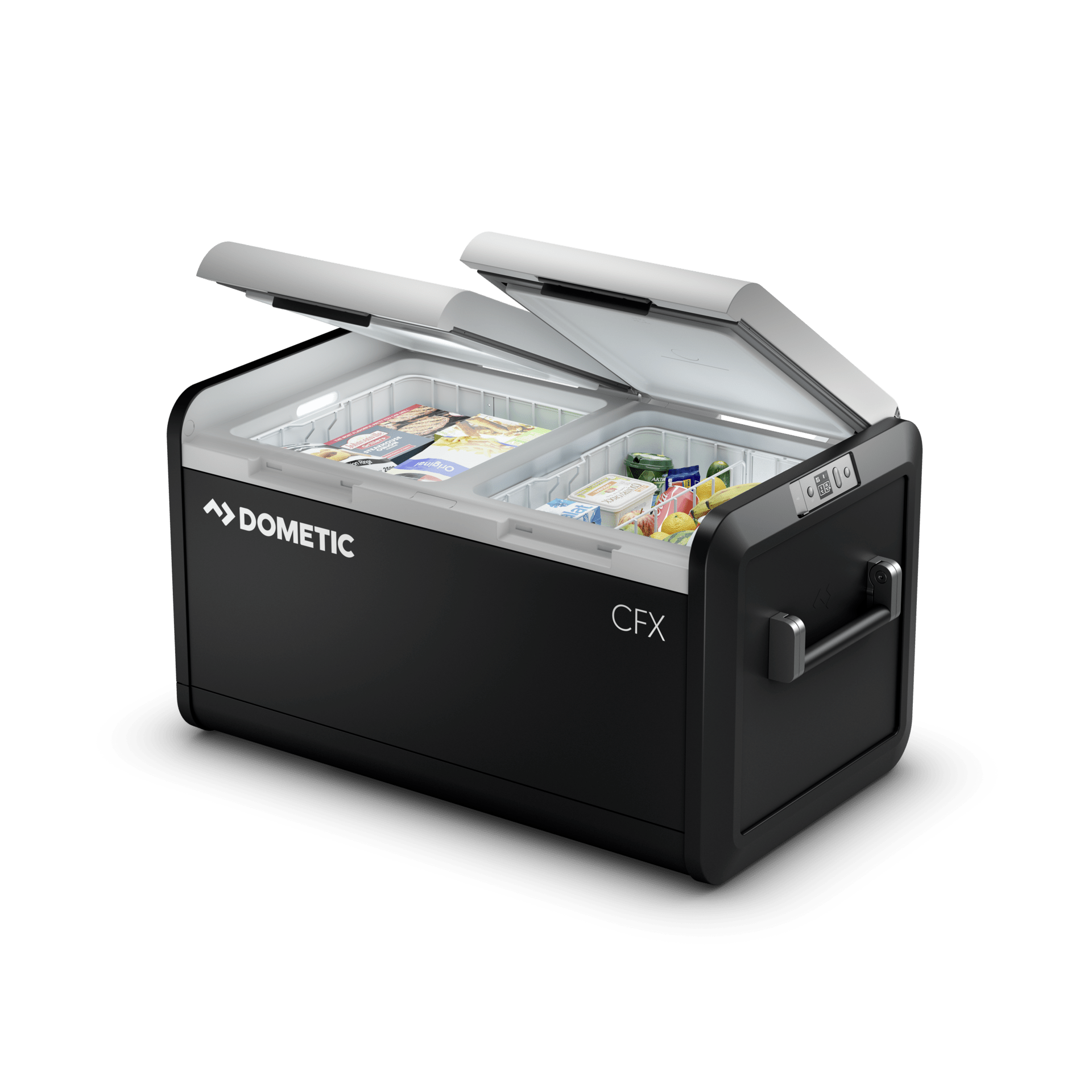I didn't want to hijack the solar power thread so I started a new one...
I've been thinking about adding one of the low amp electric coolers to my boat. And I'd like it to be "stand alone". I can imagine several different scenarios and would like some help thinking through the options.
Something similar to this...
I would like a designated set of solar panels and a designated deep cell to run the system separate from any essential equipment on the boat. The spec sheet says it draws 5.2 Amps. Here are the raw calculations I've done... (trying to be conservative)
Worst case scenario is that the fridge runs full time and that comes to 125 A-hrs in a 24 hr cycle. That is probably high since it does not have to run all the time... but lets leave it at 125 for the purposes of this analysis.
There are several companies that sell 200 AH deep cycle batteries....
If I wanted to be able to stay off the grid for several days at a time...here is my question... would it be smarter to double down on the batteries or double down on the solar panels to ensure I have enough power to get through those cloudy days? And how many panels would I need in either scenario?
A 200 AH battery runs about $350
A 9A solar panel runs about $225
So... if I figure 8 hrs of good sun at 50% efficiency I'm getting 36 Amps out of my panel. I'm thinking I would need four panels to keep my battery topped off. Or should I just get a second battery and one panel and just plan on being back to port within 4 or 5 days?????
I have no experience with electric appliances on a cruising boat so anyone who is dealing with this and has actual experience to draw from... please chime in. I would love to hear the pros and cons of the choices you have made.....The only electric I have right now are a VHF, fans, and lights but I'll soon be adding a chart plotter and maybe a few other gadgets. I would like my essential equipment to be on a separate electric system from my creature comfort systems. BTW... I already have a 10 Amp panel and a 6Amp alternator on my O.B. for my house bank. It has always been maintained at full and I seem to have more capacity than I need at the moment.
I've been thinking about adding one of the low amp electric coolers to my boat. And I'd like it to be "stand alone". I can imagine several different scenarios and would like some help thinking through the options.
Something similar to this...
I would like a designated set of solar panels and a designated deep cell to run the system separate from any essential equipment on the boat. The spec sheet says it draws 5.2 Amps. Here are the raw calculations I've done... (trying to be conservative)
Worst case scenario is that the fridge runs full time and that comes to 125 A-hrs in a 24 hr cycle. That is probably high since it does not have to run all the time... but lets leave it at 125 for the purposes of this analysis.
There are several companies that sell 200 AH deep cycle batteries....
If I wanted to be able to stay off the grid for several days at a time...here is my question... would it be smarter to double down on the batteries or double down on the solar panels to ensure I have enough power to get through those cloudy days? And how many panels would I need in either scenario?
A 200 AH battery runs about $350
A 9A solar panel runs about $225
So... if I figure 8 hrs of good sun at 50% efficiency I'm getting 36 Amps out of my panel. I'm thinking I would need four panels to keep my battery topped off. Or should I just get a second battery and one panel and just plan on being back to port within 4 or 5 days?????
I have no experience with electric appliances on a cruising boat so anyone who is dealing with this and has actual experience to draw from... please chime in. I would love to hear the pros and cons of the choices you have made.....The only electric I have right now are a VHF, fans, and lights but I'll soon be adding a chart plotter and maybe a few other gadgets. I would like my essential equipment to be on a separate electric system from my creature comfort systems. BTW... I already have a 10 Amp panel and a 6Amp alternator on my O.B. for my house bank. It has always been maintained at full and I seem to have more capacity than I need at the moment.







